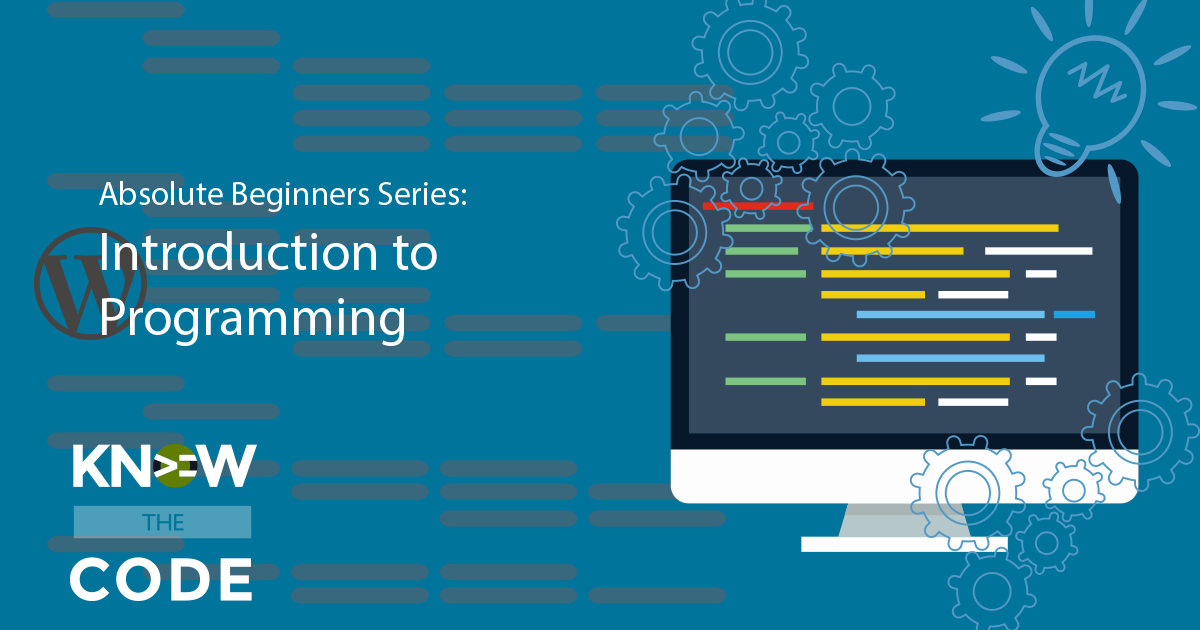In this episode, you’ll take a look at the Genesis framework function genesis_do_post_content_nav, which is found in genesis/lib/structure/post.php. This function is setting up the arguments which are passed into the WordPress Core function wp_link_pages. The intent of this function is handle in post navigation, i.e. paginated posts. Did you know that functionality even exists? I’m also introducing you to a PHP construct called str_replace() which allows you to swap out parts of a string by searching for a given pattern. As part of your customization hands-on work in this lab, you’ll be replacing the “Pages:” string, which is hardcoded in […]


